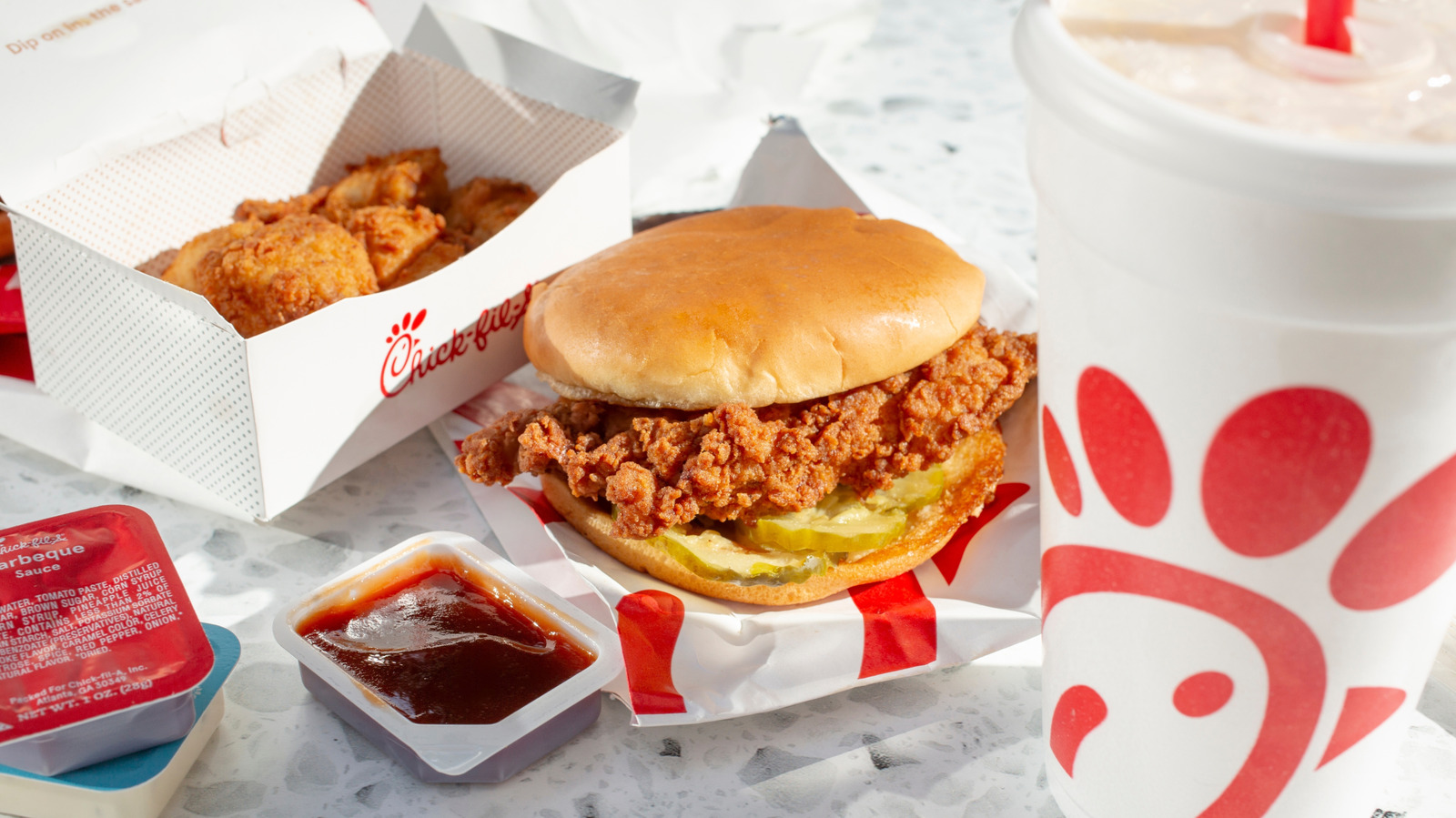This story is part of Glossy’s week-long look at the state of luxury, exploring what consumers and brands are deeming worthy of investment in 2024. To see all the stories in the series, click here.
When Coco Chanel debuted a golden tan after a trip to the French Riviera in 1923, she set off a craze for bronzed skin as a sign of wealth and leisure. Then, the discovery in the 1950s that dihydroxyacetone, or DHA, could temporarily turn skin bronze helped birth the fake tan industry, making Chanel’s golden glow accessible to those who couldn’t afford a trip to the Mediterranean. But the real thing still remained a premium even into the 21st century. Today’s celebrities and trendsetters, however, would be loath to admit to baking in the sun for hours, lest they be seen as irresponsible. But that doesn’t mean the appearance of a tan has lost its status — it’s just been reformulated and repackaged to match today’s skin-care-first beauty ideals.
“It was more acceptable for you to tan in the sun,” said Hind Sebti, co-founder of beauty incubator Waldencast and founder of skin-care brand Whind, speaking about the tanning phenomenon of the early 2000s. “A tan [was] earned, not bought.”
Continue reading this article on glossy.co. Sign up for Glossy newsletters to get the latest on the business of beauty, fashion and pop culture.











 English (US) ·
English (US) ·